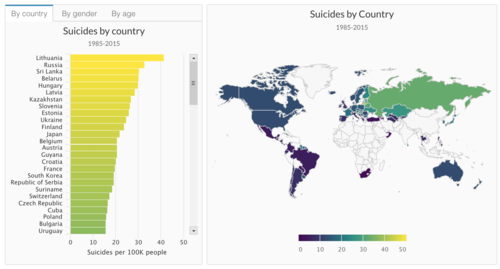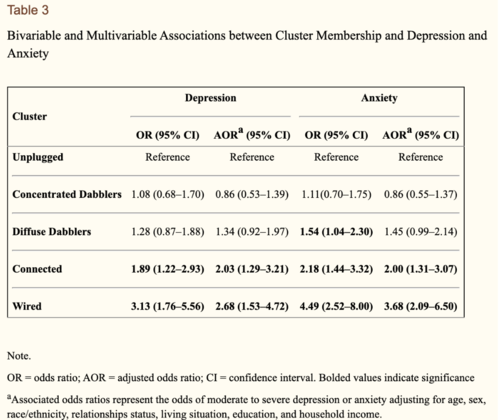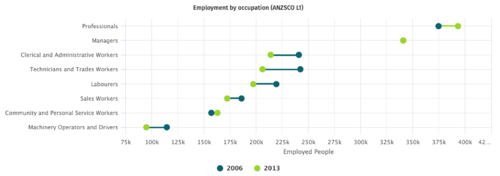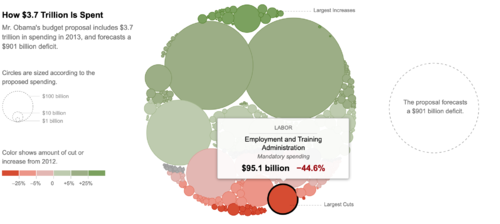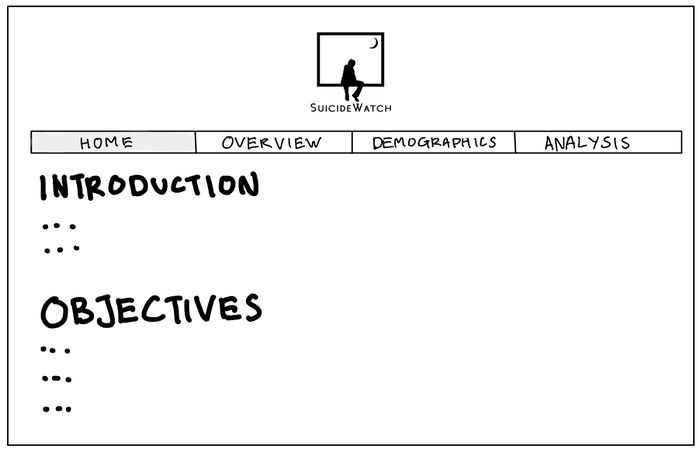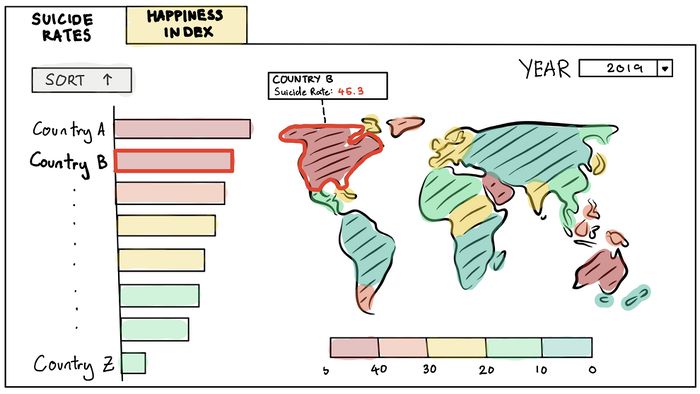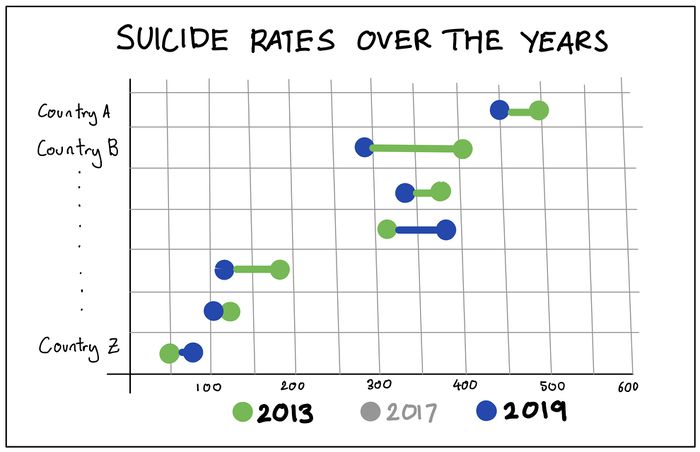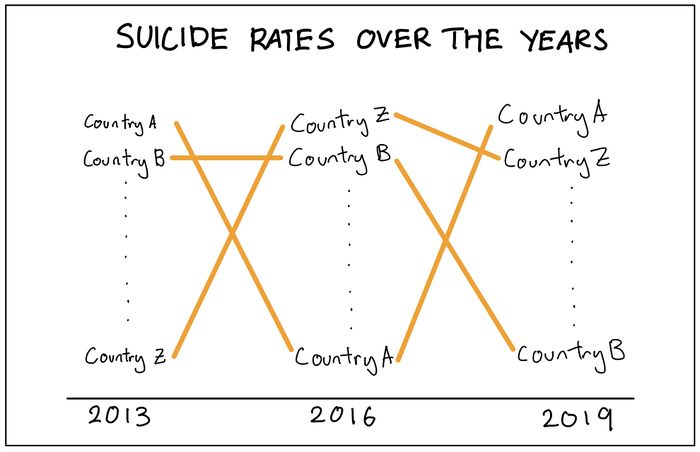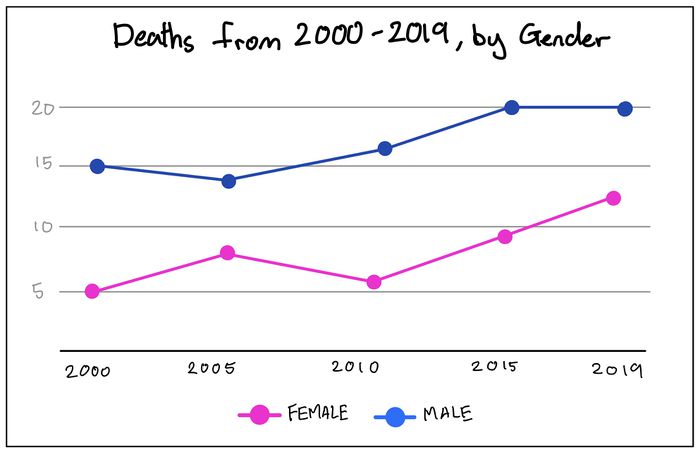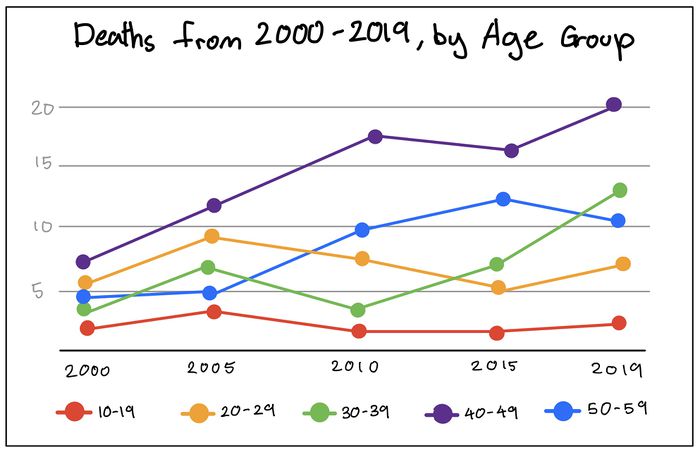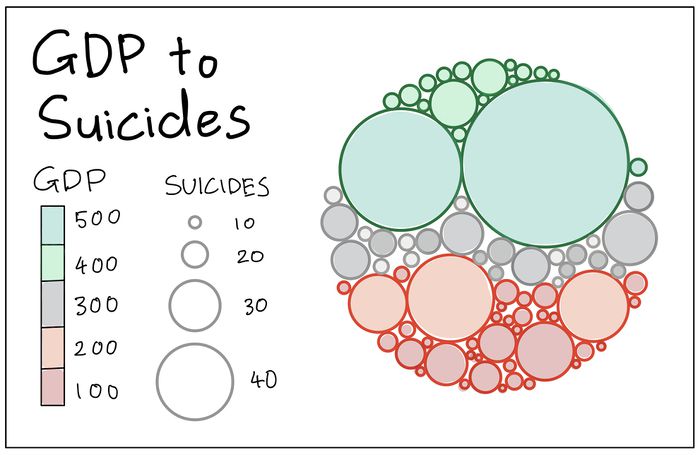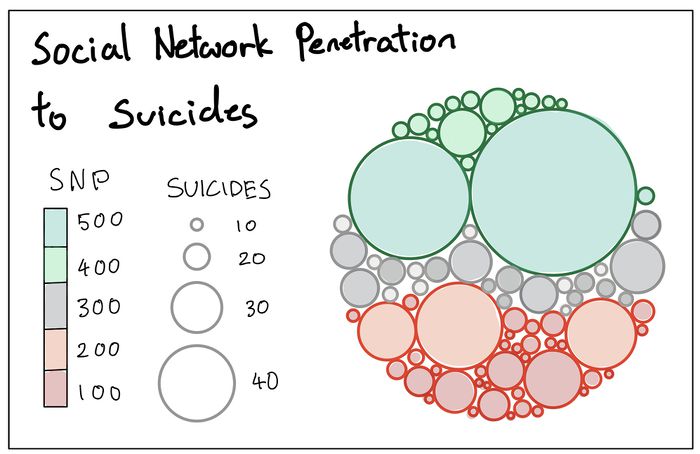Difference between revisions of "SuicideWatch: Proposal"
| (35 intermediate revisions by 3 users not shown) | |||
| Line 1: | Line 1: | ||
| + | <!-- Back Button--> | ||
| + | <big> [[Project Groups|<--- Back to Project Groups]] </big> | ||
| + | |||
<!--Logo--> | <!--Logo--> | ||
[[Image:Team_3_-_SuicideWatch_Logo.png|center|300px]] | [[Image:Team_3_-_SuicideWatch_Logo.png|center|300px]] | ||
| Line 26: | Line 29: | ||
<!-- Header End --> | <!-- Header End --> | ||
| − | < | + | <!--Sub Header Start--> |
| − | <div style="background: #364558; padding: 15px; font-weight: bold; line-height: 0.3em; text-indent: 15px | + | {| style="background-color:white; text-transform: uppercase; font-size:14px; font-weight: bold; text-align:center; padding: 0px 0 0 0;" width="100%" height=50px cellspacing="0" cellpadding="0" valign="top" border="0" | |
| − | + | ||
| + | <!-- Current Page --> | ||
| + | | style="vertical-align:top;width:49%;" | <div style="padding: 3px; line-height: wrap_content; border-bottom:5px solid #000000;"><font color =#272d2d><b>Version 1</b></font> | ||
| + | |||
| + | | style="vertical-align:top;width:49%;" | <div style="padding: 3px; line-height: wrap_content; border-bottom:1px solid #999999;"> [[SuicideWatch: Proposal v2 | <font color =#272d2d><b>Version 2</b></font>]] | ||
| + | |||
| + | |} | ||
| + | |||
| + | <br/> | ||
| + | |||
| + | __TOC__ | ||
| + | |||
| + | <br/> | ||
| + | |||
| + | <!-- Problem and Motivation --> | ||
| + | ==<div style="background: #364558; padding: 15px; font-weight: bold; line-height: 0.3em; text-indent: 15px;font-size:20px"><font face="Arial" color=#fbfcfd> PROBLEM & MOTIVATION </font></div>== | ||
| + | Suicide rates are at their highest since WWII. Close to 800 000 people die due to suicide globally every year, which is one person every 40 seconds. Suicide is a global phenomenon and occurs throughout the lifespan. In Singapore, suicide is the leading cause of death for those aged 10-29. Females are more likely to be diagnosed with depression and attempt suicide, but males accounted for more than 71% of all suicides in Singapore in 2018. The steady suicide figures signal the presence of an unseen epidemic, one that silently tips people over the edge. While most push the blame to depression, there is no one size fits all explanation when it comes to suicide. Can suicide rates be simply mapped to the Happiness Index or GDP per Capita? Or is there more than meets the eye? | ||
| + | |||
| + | <br/> | ||
| + | |||
| + | <!-- Objectives --> | ||
| + | ==<div style="background: #364558; padding: 15px; font-weight: bold; line-height: 0.3em; text-indent: 0px;font-size:20px"><font face="Arial" color=#fbfcfd>OBJECTIVES</font></div>== | ||
| + | |||
| + | <p>In this project, we are interested in creating a visualization that helps analysts perform the following:</p> | ||
| + | # Explore suicides rates in each country | ||
| + | # Explore if there is a correlation between the suicide rate and happiness index | ||
| + | # Explore the suicide demography of each country | ||
| + | # Establish possible correlations of each country’s suicide with its GDP and the include of social media / technological advancements | ||
| + | |||
| + | <br/> | ||
| + | |||
| + | <!-- Selected Dataset --> | ||
| + | ==<div style="background: #364558; padding: 15px; font-weight: bold; line-height: 0.3em; text-indent: 0px; font-size:20px"><font face="Arial" color=#fbfcfd>SELECTED DATASETS</font></div>== | ||
| + | |||
| + | <!-- Table --> | ||
| + | {| class="wikitable" style="background-color:#FFFFFF;" width="100%" | ||
| + | |- | ||
| + | ! style="font-weight: bold;background: #536a87;color:#fbfcfd;width: 30%;" | Dataset/Source | ||
| + | ! style="font-weight: bold;background: #536a87;color:#fbfcfd;width: 30%" | Data Attributes | ||
| + | ! style="font-weight: bold;background: #536a87;color:#fbfcfd;" | Why this Dataset? | ||
| + | |- | ||
| + | | <center>Suicide Rates Overview (1985 to 2016)<br/> | ||
| + | (https://www.kaggle.com/russellyates88/suicide-rates-overview-1985-to-2016) </center> | ||
| + | || | ||
| + | * Suicide rate by country | ||
| + | * Suicide demography (Age/Gender) | ||
| + | * Economic data (GDP) | ||
| + | || | ||
| + | <center>This dataset will be our main source of global suicide data. | ||
| + | |- | ||
| + | | <center>World Happiness index 2019<br/> | ||
| + | (https://worldhappiness.report/ed/2019/) </center> | ||
| + | || | ||
| + | * Overall Happiness Rankings of Countries Worldwide | ||
| + | * Individual segment scores for each country (Freedom of speech, social support, etc) | ||
| + | || | ||
| + | <center>This dataset will be used for comparison to each country's suicide rates.</center> | ||
| + | |- | ||
| + | | <center>Worldwide GDP<br/> | ||
| + | (https://data.worldbank.org/indicator/ny.gdp.mktp.cd) </center> | ||
| + | || | ||
| + | * Annual GDP by country | ||
| + | || | ||
| + | <center>This dataset will be used for comparison to each country's suicide rates.</center> | ||
| + | |- | ||
| + | | <center>Worldwide Social Media Penetration Data<br/> | ||
| + | (https://www.statista.com/statistics/282846/regular-social-networking-usage-penetration-worldwide-by-country/) <br/> | ||
| + | (https://ourworldindata.org/internet) </center> | ||
| + | || | ||
| + | * Social Media Penetration by country | ||
| + | * Worldwide Internet access figures | ||
| + | || | ||
| + | <center>This dataset will be used for comparison to each country's suicide rates.</center> | ||
| + | |- | ||
| + | |} | ||
| + | |||
| + | <br/> | ||
| − | < | + | <!-- Related Work --> |
| − | |||
| − | |||
| − | |||
| − | |||
| − | |||
| − | |||
| − | + | ==<div style="background: #364558; padding: 15px; font-weight: bold; line-height: 0.3em; text-indent: 0px;font-size:20px"><font face="Arial" color=#fbfcfd>RELATED WORKS</font></div>== | |
| − | + | ||
| − | * | + | <!-- Table --> |
| − | * | + | {| class="wikitable" style="background-color:#FFFFFF;" width="100%" |
| − | * | + | |- |
| − | + | ! style="font-weight: bold;background: #536a87;color:#fbfcfd;width: 50%;" | Example | |
| + | ! style="font-weight: bold;background: #536a87;color:#fbfcfd;" | Takeaways | ||
| + | |- | ||
| + | | | ||
| + | <p><center>'''An interactive dashboard for worldwide suicide data 1985-2015''' </center></p> | ||
| + | [[File:Worldmap suicide rate.png|500px|center]] | ||
| + | <p><center>'''Source''': https://www.kaggle.com/tavoosi/suicide-data-full-interactive-dashboard/#data</center></p> | ||
| + | || | ||
| + | We get inspiration from this dashboard, which utilises the same set of data for world suicide statistics. <br> | ||
| + | This dashboard used a world map and bar chart for worldwide suicide rates, which we found informational and easy to understand.<br> | ||
| + | Breakdown by country,gender and age group are diplayed in diffierent charts accordingly. | ||
| + | |- | ||
| + | | | ||
| + | <p><center>'''Social Media Use and Depression and Anxiety Symptoms: A Cluster Analysis''' </center></p> | ||
| + | [[File:Social media and depression.png|500px|center]] | ||
| + | <p><center>'''Source''': https://www.ncbi.nlm.nih.gov/pmc/articles/PMC5904786/</center></p> | ||
| + | || | ||
| + | This paper supports our hypothesis on use of social media leaders to depression and suicide. The research results shows that membership in 2 clusters – “Wired” and “Connected” – increased the odds of elevated depression and anxiety symptoms (AOR = 2.7, 95% CI = 1.5–4.7; AOR = 3.7, 95% CI = 2.1–6.5, respectively, and AOR = 2.0, 95% CI = 1.3–3.2; AOR = 2.0, 95% CI = 1.3–3.1, respectively). <br> | ||
| + | We will further look into this issue by plotting the correlation line graph for suicide rate against social media penetration by country. | ||
| + | |} | ||
| + | <br/> | ||
| + | |||
| + | |||
| + | <!-- Design Inspirations --> | ||
| + | |||
| + | ==<div style="background: #364558; padding: 15px; font-weight: bold; line-height: 0.3em; text-indent: 0px;font-size:20px"><font face="Arial" color=#fbfcfd>DESIGN INSPIRATIONS</font></div>== | ||
| + | |||
| + | <!-- Table --> | ||
| + | {| class="wikitable" style="background-color:#FFFFFF;" width="100%" | ||
| + | |- | ||
| + | ! style="font-weight: bold;background: #536a87;color:#fbfcfd;width: 50%;" | Example | ||
| + | ! style="font-weight: bold;background: #536a87;color:#fbfcfd;" | Takeaways | ||
| + | |- | ||
| + | | | ||
| + | <p><center>'''The New Zealand Labour Market Dashboard''' </center></p> | ||
| + | [[File:Two-point-line-graph.png|500px|center]] | ||
| + | <p><center>'''Source''': https://mbienz.shinyapps.io/labour-market-dashboard_prod/</center></p> | ||
| + | || | ||
| + | '''Pros:''' <br> | ||
| + | *This chart is suitable for showing figure change between two timestamps <br> | ||
| + | *It is clear and easy to understand <br> | ||
| + | '''Cons:''' <br> | ||
| + | *The value fluctuation within the duration is excluded from the graph <br> | ||
| + | |- | ||
| + | | | ||
| + | <p><center>'''Bubble Chart - Obama’s 2013 Budget Proposal''' </center></p> | ||
| + | [[File:Bubble-chart.png|500px|center]] | ||
| + | <p><center>'''Source''': https://archive.nytimes.com/www.nytimes.com/interactive/2012/02/13/us/politics/2013-budget-proposal-graphic.html</center></p> | ||
| + | || | ||
| + | '''Pros:''' <br> | ||
| + | *This chart is eye-appealing for two-dimension analysis <br> | ||
| + | *Extreme data points can be easily identified | ||
| + | '''Cons:''' <br> | ||
| + | *Comparison for similar values is hard to be done, as no axis is given and all figures are displayed in color or size <br> | ||
| + | |} | ||
| + | <br/> | ||
| + | |||
| + | |||
| + | <!-- Proposed Storyboard --> | ||
| + | |||
| + | ==<div style="background: #364558; padding: 15px; font-weight: bold; line-height: 0.3em; text-indent: 0px;font-size:20px"><font face="Arial" color=#fbfcfd>PROPOSED STORYBOARD</font></div>== | ||
| + | |||
| + | Our proposed application will consist of four pages: | ||
| + | |||
| + | === LANDING PAGE === | ||
| + | <!-- Table --> | ||
| + | {| class="wikitable" style="background-color:#FFFFFF;" width="100%" | ||
| + | |- | ||
| + | ! style="font-weight: bold;background: #536a87;color:#fbfcfd;width: 50%;" | Proposed Storyboard | ||
| + | ! style="font-weight: bold;background: #536a87;color:#fbfcfd;" | Description | ||
| + | |- | ||
| + | | | ||
| + | [[File:SuicideWatch_v1_home.jpg|700px|center]] | ||
| + | || | ||
| + | * This page will serve as an introduction to our problem and objectives, to give the viewer an overview of our project. | ||
| + | |} | ||
| + | <br/> | ||
| + | |||
| + | === OVERVIEW === | ||
| + | This page will provide the viewer with an overview of global suicide rates and overall happiness scores. | ||
| + | <!-- Table --> | ||
| + | {| class="wikitable" style="background-color:#FFFFFF;" width="100%" | ||
| + | |- | ||
| + | ! style="font-weight: bold;background: #536a87;color:#fbfcfd;width: 50%;" | Proposed Storyboard | ||
| + | ! style="font-weight: bold;background: #536a87;color:#fbfcfd;" | Description | ||
| + | |- | ||
| + | | | ||
| + | <p><center>'''Bar and Choropleth Map''' </center></p> | ||
| + | [[File:SuicideWatch_v1_overview1.jpg|700px|center]] | ||
| + | || | ||
| + | * Allows visualization of Worldwide Suicide Rate/Happiness Index Scores by year, sorted in ascending/descending order. | ||
| + | * Color of the bars and map will correspond to the Suicide Rate/Happiness Index Score of each country. This makes it easy to identify clusters or regions where suicide rates or happiness index scores tend to be high or low. | ||
| + | |- | ||
| + | | | ||
| + | <p><center>'''Connected Dot Plot''' </center></p> | ||
| + | [[File:SuicideWatch_v1_overview2.jpg|700px|center]] | ||
| + | || | ||
| + | * Summarises suicide rate/happiness index score changes across selected years | ||
| + | |- | ||
| + | | | ||
| + | <p><center>'''Slope Graph''' </center></p> | ||
| + | [[File:SuicideWatch_v1_overview3.jpg|700px|center]] | ||
| + | || | ||
| + | * Compares suicide rate and happiness index rankings of each country over the years. | ||
| + | |} | ||
| + | <br/> | ||
| + | |||
| + | === DEMOGRAPHICS === | ||
| + | <!-- Table --> | ||
| + | {| class="wikitable" style="background-color:#FFFFFF;" width="100%" | ||
| + | |- | ||
| + | ! style="font-weight: bold;background: #536a87;color:#fbfcfd;width: 50%;" | Proposed Storyboard | ||
| + | ! style="font-weight: bold;background: #536a87;color:#fbfcfd;" | Description | ||
| + | |- | ||
| + | | | ||
| + | <p><center>'''Line Graph''' </center></p> | ||
| + | [[File:SuicideWatch_v1_demographic1.jpg|700px|center]] | ||
| + | [[File:SuicideWatch_v1_demographic2.jpg|700px|center]] | ||
| + | || | ||
| + | * Breakdown of Suicides by Gender/Age | ||
| + | |} | ||
| + | <br/> | ||
| + | |||
| + | === SOCIOECONOMIC ANALYSIS === | ||
| + | This page explores possible relationships between socioeconomic factors and suicide rates. | ||
| + | <!-- Table --> | ||
| + | {| class="wikitable" style="background-color:#FFFFFF;" width="100%" | ||
| + | |- | ||
| + | ! style="font-weight: bold;background: #536a87;color:#fbfcfd;width: 50%;" | Proposed Storyboard | ||
| + | ! style="font-weight: bold;background: #536a87;color:#fbfcfd;" | Description | ||
| + | |- | ||
| + | | | ||
| + | <p><center>'''Bubble Chart''' </center></p> | ||
| + | [[File:SuicideWatch v1 analysis1.jpg|700px|center]] | ||
| + | [[File:SuicideWatch v1 analysis2.jpg|700px|center]] | ||
| + | || | ||
| + | * Represents the correlation between Suicide Rate/GDP and Suicide Rate/Social Network Penetration. | ||
| + | * Suicide Rates are represented by the size of the bubble | ||
| + | * GDP/Social Network Penetration Rates are represented by the color of the bubble | ||
| + | |} | ||
| + | <br/> | ||
| + | |||
| + | <!-- Key Challenges --> | ||
| + | ==<div style="background: #364558; padding: 15px; font-weight: bold; line-height: 0.3em; text-indent: 0px;font-size:20px"><font face="Arial" color=#fbfcfd>KEY CHALLENGES</font></div>== | ||
| + | |||
| + | <!-- Table --> | ||
| + | {| class="wikitable" style="background-color:#FFFFFF;" width="100%" | ||
| + | |- | ||
| + | ! style="font-weight: bold;background: #536a87;color:#fbfcfd;width: 50%;" | Challenge | ||
| + | ! style="font-weight: bold;background: #536a87;color:#fbfcfd;" | Mitigation | ||
| + | |- | ||
| + | | | ||
| + | The team is new to data visualization and R Shiny | ||
| + | || | ||
| + | * Engage in hands-on practice during class time and after class | ||
| + | * Complete R Shiny training courses on Datacamp | ||
| + | |- | ||
| + | | | ||
| + | Suicide data is not very accessible as it is a sensitive social issue | ||
| + | || | ||
| + | * Acquire data from various sources and conduct data cleaning to organize the data | ||
| + | |- | ||
| + | | | ||
| + | Tight timeline for the semester | ||
| + | || | ||
| + | * The team should come up with a reasonable project timeline based on everyone's capability | ||
| + | * Set milestones and adjust the timeline accordingly based on the team's progress | ||
| + | |} | ||
| + | <br/> | ||
Latest revision as of 11:15, 13 October 2019
Version 1
|
Contents
PROBLEM & MOTIVATION
Suicide rates are at their highest since WWII. Close to 800 000 people die due to suicide globally every year, which is one person every 40 seconds. Suicide is a global phenomenon and occurs throughout the lifespan. In Singapore, suicide is the leading cause of death for those aged 10-29. Females are more likely to be diagnosed with depression and attempt suicide, but males accounted for more than 71% of all suicides in Singapore in 2018. The steady suicide figures signal the presence of an unseen epidemic, one that silently tips people over the edge. While most push the blame to depression, there is no one size fits all explanation when it comes to suicide. Can suicide rates be simply mapped to the Happiness Index or GDP per Capita? Or is there more than meets the eye?
OBJECTIVES
In this project, we are interested in creating a visualization that helps analysts perform the following:
- Explore suicides rates in each country
- Explore if there is a correlation between the suicide rate and happiness index
- Explore the suicide demography of each country
- Establish possible correlations of each country’s suicide with its GDP and the include of social media / technological advancements
SELECTED DATASETS
| Dataset/Source | Data Attributes | Why this Dataset? |
|---|---|---|
(https://www.kaggle.com/russellyates88/suicide-rates-overview-1985-to-2016) |
|
|
(https://worldhappiness.report/ed/2019/) |
|
|
(https://data.worldbank.org/indicator/ny.gdp.mktp.cd) |
|
|
(https://ourworldindata.org/internet) |
|
|
RELATED WORKS
| Example | Takeaways |
|---|---|
|
|
We get inspiration from this dashboard, which utilises the same set of data for world suicide statistics. |
|
|
This paper supports our hypothesis on use of social media leaders to depression and suicide. The research results shows that membership in 2 clusters – “Wired” and “Connected” – increased the odds of elevated depression and anxiety symptoms (AOR = 2.7, 95% CI = 1.5–4.7; AOR = 3.7, 95% CI = 2.1–6.5, respectively, and AOR = 2.0, 95% CI = 1.3–3.2; AOR = 2.0, 95% CI = 1.3–3.1, respectively). |
DESIGN INSPIRATIONS
| Example | Takeaways |
|---|---|
|
|
Pros:
Cons:
|
|
|
Pros:
Cons:
|
PROPOSED STORYBOARD
Our proposed application will consist of four pages:
LANDING PAGE
| Proposed Storyboard | Description |
|---|---|
|
OVERVIEW
This page will provide the viewer with an overview of global suicide rates and overall happiness scores.
| Proposed Storyboard | Description |
|---|---|
|
|
|
|
|
|
|
|
|
DEMOGRAPHICS
| Proposed Storyboard | Description |
|---|---|
|
|
|
SOCIOECONOMIC ANALYSIS
This page explores possible relationships between socioeconomic factors and suicide rates.
| Proposed Storyboard | Description |
|---|---|
|
|
|
KEY CHALLENGES
| Challenge | Mitigation |
|---|---|
|
The team is new to data visualization and R Shiny |
|
|
Suicide data is not very accessible as it is a sensitive social issue |
|
|
Tight timeline for the semester |
|

